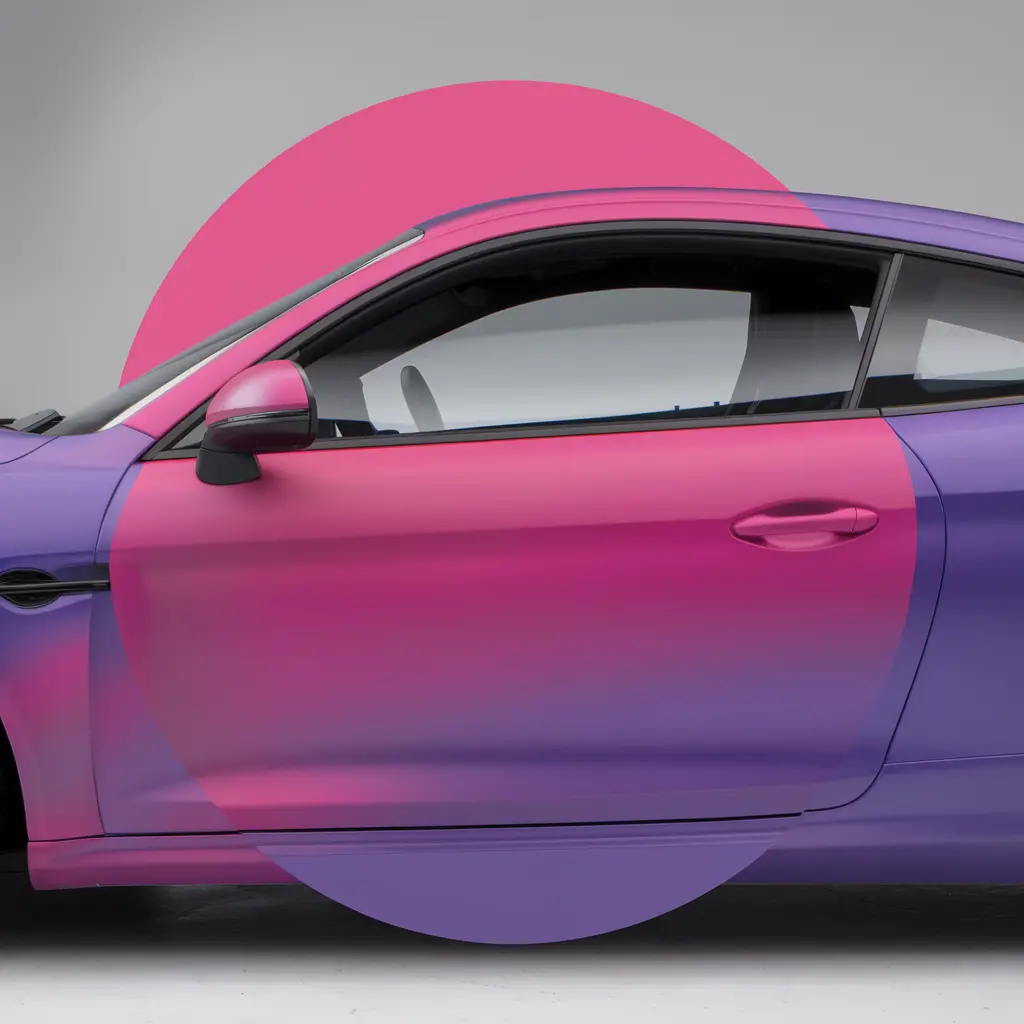
Selecting the best auto wrap depends on your vehicle’s use, aesthetic goals, and exposure to environmental elements. Vinyl wraps offer versatile finishes like gloss, matte, satin, and chrome, ideal for customization and easy removal. For robust protection, paint protection films (PPF) shield the car’s original paint from road debris and UV damage while maintaining its appearance. Specialty wraps such as carbon fiber and brushed metal provide unique textures and high-end finishes. Commercial vehicles benefit from durable, high-performance vinyl, while personal vehicles may find standard vinyl wraps more cost-effective. Explore further to find the wrap that aligns perfectly with your needs.
Types of Auto Wraps
When delving into the world of auto wraps, it is essential to recognize the diversity of materials and purposes these wraps serve. Auto wraps can be broadly categorized into three types: vinyl wraps, paint protection films (PPF), and specialty wraps. Each type offers unique benefits and applications, tailored to specific needs and preferences.
Vinyl wraps are the most common, known for their versatility and aesthetic appeal. They come in various finishes including gloss, matte, satin, and chrome. Vinyl wraps allow for complete customization, from solid colors to intricate graphics, and are favored for their durability and ease of removal.
Paint protection films, on the other hand, are designed primarily to protect the vehicle’s original paint from damage caused by road debris, UV rays, and minor abrasions. These wraps are typically transparent and maintain the vehicle’s original appearance while providing a robust layer of defense.
Specialty wraps include materials such as carbon fiber, brushed metal, and leather. These are used to create unique textures and high-end finishes that stand out from conventional options. They cater to enthusiasts seeking a distinct look that conveys exclusivity and sophistication.
Understanding these types equips vehicle owners with the knowledge to make informed decisions about their automotive investments.
Choosing the Right Wrap
Selecting the appropriate auto wrap demands thoughtful evaluation of several factors, including the vehicle’s intended use, desired aesthetics, and environmental exposure. For instance, a commercial vehicle that will be on the road frequently may benefit from a durable, high-performance vinyl wrap, crafted to withstand extensive wear and tear.
Conversely, a personal vehicle intended for occasional use might find a standard calendered vinyl wrap adequate, offering a balance between cost-effectiveness and visual appeal.
Aesthetics play a pivotal role in the selection process. Available in a myriad of colors, finishes, and textures, wraps can be customized to reflect an individual’s style or a brand’s identity. Gloss, matte, satin, and metallic finishes each provide unique visual effects, allowing for a personalized appearance that resonates with the intended audience.
Environmental exposure is another critical consideration. Vehicles in regions with extreme weather conditions, such as intense sunlight or heavy snowfall, may require wraps with enhanced UV protection and weather resistance. This ensures durability and preserves the wrap’s integrity over time.
Ultimately, the right wrap not only enhances the vehicle’s appearance but also aligns with its functional demands, providing a sense of unity and belonging within the vehicular community.
In the world of automotive aesthetics, selecting the suitable auto wrap involves a thorough evaluation of types, including vinyl, matte, chrome, and carbon fiber, each possessing unique characteristics. A detailed understanding of these features is crucial for making an informed decision. Ultimately, the choice of wrap material should align with the vehicle’s intended appearance and functional requirements. A well-chosen auto wrap can transform a vehicle, making it stand out like a diamond in the rough, enhancing both visual appeal and protective qualities.